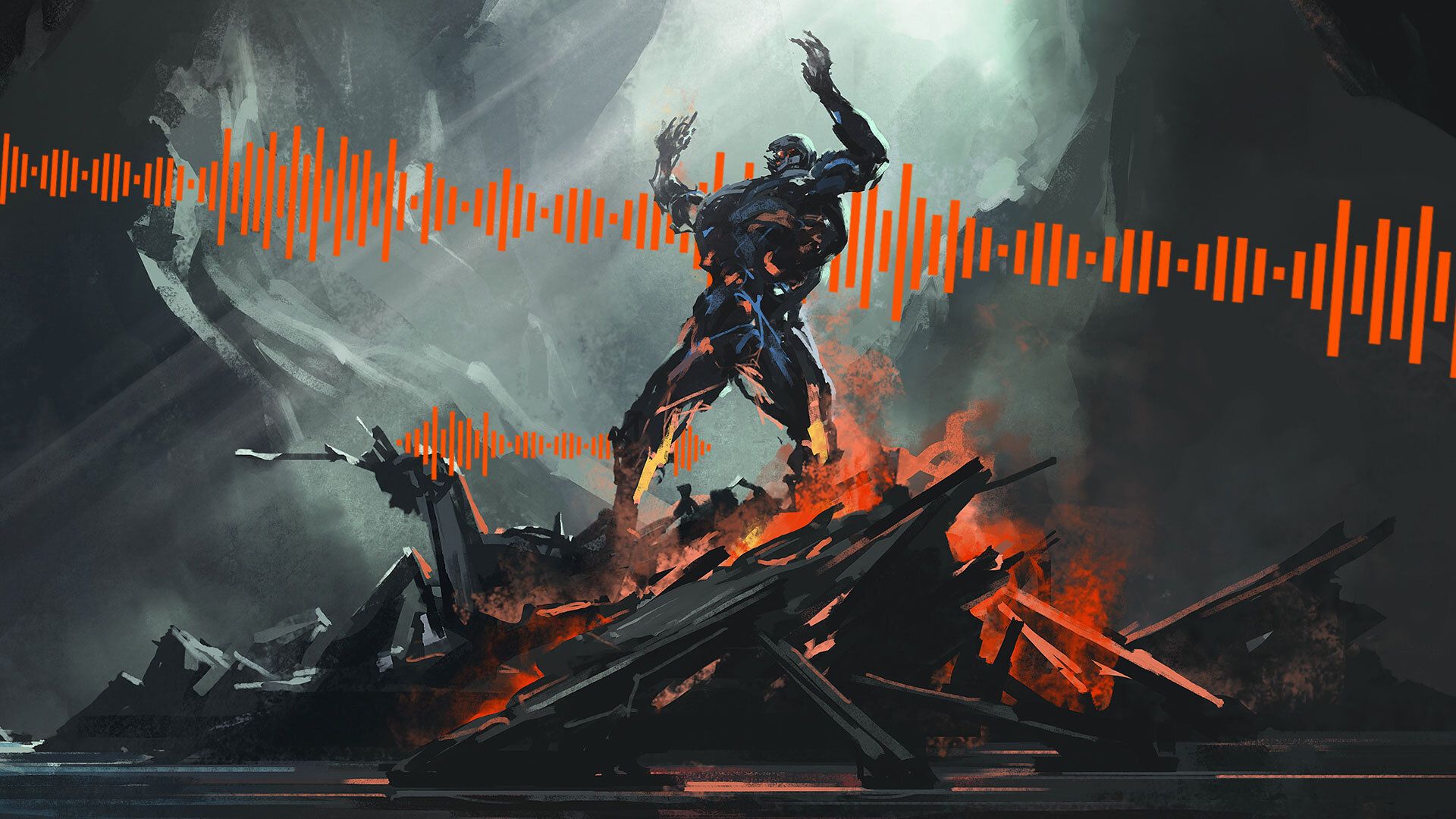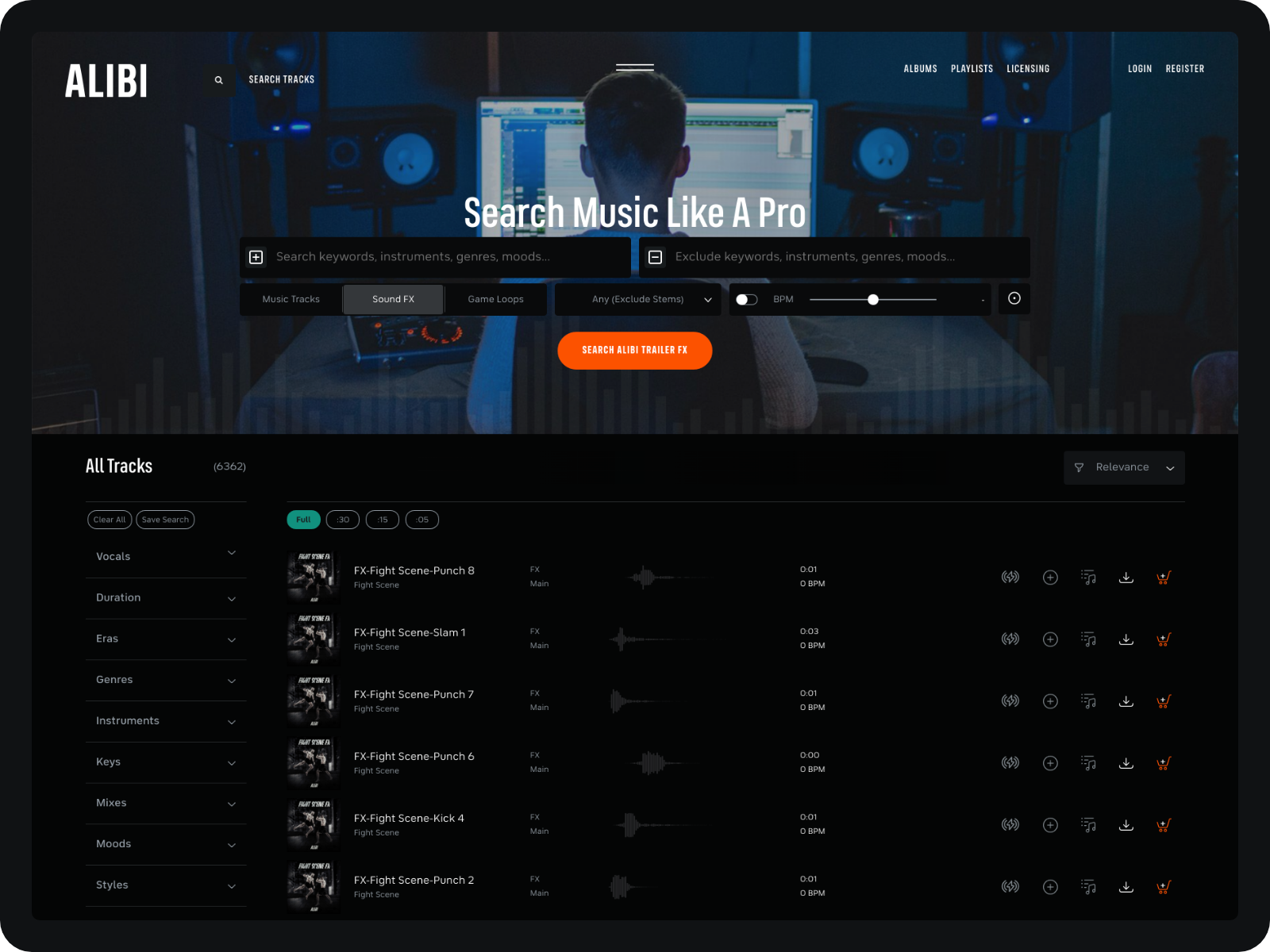There’s something pretty epic about the way music heightens our emotional response to video. In sports, it’s the rallying call, the nostalgic connection, the added suspense when so much is at stake. We’re in the moment. We’re invested. It’s on.
Whether used in coverage, programming or teasers, well-placed music tracks are like your video’s O-Line: the choices you make when licensing music can be the difference between getting through to people or being sacked right out of the gate. And how you go about working with licensed music is often its own challenge.
Clocking my years at the intersection of sports and music, I’ve had a unique vantage point in watching editors navigate this space. Early on, I was an associate music director for live broadcast during NFL, NCAA football and basketball, and March Madness tournaments, where I was point person for live-studio coverage, tracking all music airing for cue-sheet delivery and supporting music creative for immediate production needs. And, now, in my role as Alibi Music’s director, creative licensing, I’m immersed in it from a completely different side.
I’ve become familiar with the nuances while watching trends come and go. Gone, for example, are the days of heavy rock with cheesy, fake synth-driven tracks. Where it had once been normal to expect bombastic and overpowering tracks for sports marketing, it seems lately that networks and team marketing creatives want a softer sound to appeal to a new, younger audience.
Trends aside, I’ve also gotten to know what works and what doesn’t in the music-licensing process, and what editors should be looking out for when seeking music for their sports content and marketing. Here are five quick tips:
Access
Make sure your resource gives you 24/7 access to music catalogs and their digital audio files. Look for a team that has around-the-clock availability to pull stems and high-resolution audio files in varying formats, as well as metadata info for license drafting and cue-sheet creation. API-ready cues and plugins make this a possibility. Additionally, your music-licensing partner should offer easy, free access to non-watermarked cues that editors can actually work with and audition in an edit bay. Sports is an industry that truly never stops, so those tracks, underscore mixes and stems should be accessible on weekends and late nights too!
Stems (and more!)
Ideally, you want a library with a robust offering of these edit-friendly files in which every full track also includes stems, alt mixes and cutdowns. Stems give you incredible customization, and underscore mixes tend to work particularly well for in-show use (highlights, graphics, bumpers) because they don’t distract from commentators. It’s even better if those music stems and various mixes are dynamic and easily allow the editor to fit the picture and tone of the piece. This means an editor can basically “score” a feature or tease with just a few unique music tracks. Stings and bumpers are great as well. In a live TV setting (sports, news, etc.), having those precise timings are critical when you need to be off the air at a certain time and you need a piece of music – usually a theme – to end at an exact time.
Fresh, Contemporary Content with Inspired Lyrics
I’ve generally found that albums with “sports” in their name can be dated and not that applicable for today’s viewers and listeners. Although, of course, there may be times when that cheesy sports sound is just what you need! Instead, any good library for sports use should include a fresh offering of contemporary artist-sounding tracks as well as lyrics embracing themes of celebration, winning, overcoming, reaching goals, winning, teamwork – did I say winning? Location-specific lyrics also have grown in popularity, giving editors the ability to attach different teams and their territories.
Transparency
I say this often, but it’s important to know what you’re getting into. Production music has no standardized industry pricing, so look for a partner that’s transparent about costs and terms. What’s exactly covered in the fee and for how long does that fee cover your usage? The best production music companies should be willing to walk you through their process and answer any concerns in advance.
But that transparency goes both ways, of course. If your teaser, coverage or sports-related content ends up requiring more cut-downs, alt versions, etc. than you originally noted, you might expect to pay more, though it’s ultimately on the music provider to establish a clear rate that can cover a client’s ever-changing needs.
A Solid Reputation
Perhaps it goes without saying, but word of mouth is worth its weight in gold. Because no amount of advertising can fix poor service or unhappy customers, look for companies that are proud to profile the people and projects they work with, as well as those that provide testimonials from all types of customers.
Sports editors who are able to find a production music resource that checks each of these boxes will have a valuable partner that can help up your game… literally.
This article originall appeared on The Daily Brief here: https://brief.promax.org/article/5-things-to-watch-for-when-licensing-music-for-sports




